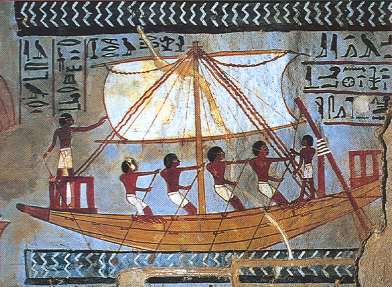|
Other Archaeological Sites / The Neolithic of the Levant (500 Page Book Online) Ancient Thebes (Modern Luxor)
Modern day Luxor is one of the foremost places for tourists from all over the world and has great attractions like the Valley of the Kings -- Valley of the Queens -- Temple of Hatshepsut and the temple structure at Karnak (north of Luxor). The name of the city comes from Arabic for the palaces ... Excerpt: Thebes already existed in the third millenniun BC (Pyramid Age) but only achieved political prominence when her princes reunited Egypt circa 2040 BC (Eleventh Dynasty) and ushered in the prosperous Middle Kingdom era of the Twelfth and Thirteenth Dynasties. Hyksos rule brought eclipse -- but a new line of Thebans eventually ejected the Asian alien rule -- again reuniting Egypt and ushering in the brilliant age of the New Kingdom (Eighteenth-Twentieth Dynasties circa 1550-1070 BC). At this time the administrative capital of Egypt was moved back to Memphis as being more practical -- but Thebes remained the southern capital and sacred city of the God Amun -- a status it held for a further one thousand years ... |

